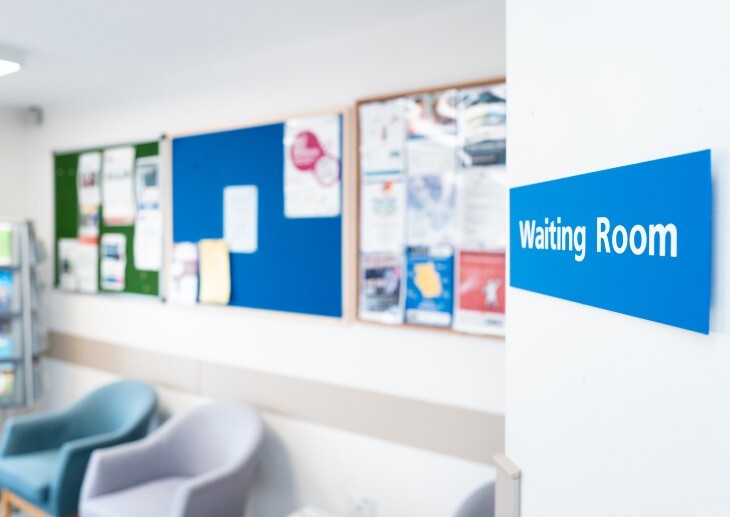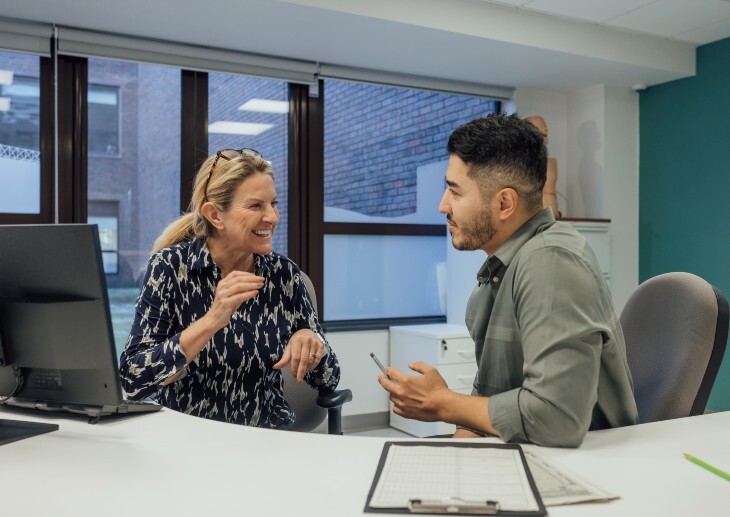Signs of a more coherent vision at national level and collaboration at local level mean Siva Anandaciva is feeing hopeful.
Signs of a more coherent vision at national level and collaboration at local level mean Siva Anandaciva is feeing hopeful.
You don’t have to look very far for signs the NHS is in crisis. The most recent financial data suggest NHS hospitals and other providers are on course to lose £623 million this year, against an original plan to break even.
The most recent workforce data show that there are over a quarter more people leaving the nursing and midwifery register than joining. And the most recent performance data show the proportion of people being seen in four hours in A&E is now at its lowest level for more than a decade, far below the expected national standard.
In previous years, this type of performance might be attributed to problems with individual organisations in the NHS. But 65% of providers are in financial deficit this year and only four of the 137 providers of major A&E services are now meeting national standards. This crisis is systemic, not localised.
It is equally clear that we are are not here because demands on the NHS have recently surged. Instead, chronically low levels of funding and the absence of a coherent workforce strategy have gradually increased the pressure over the last decade. Since 2010, increases in the NHS budget have fallen far below the 4% level we believe is needed to maintain standards of care and meet the rising demand for health services. The lack of effective workforce planning has contributed to high vacancy rates and shortages of key staff, increased spending on temporary staff, and a sharp rise in the numbers leaving the NHS because of poor work-life balance.
If one of the risks of a crisis is the absence of hope, where are the green shoots which suggest the NHS can emerge successfully from this intensely challenging period? At the national level there are signs that the superstructures are finally aligning to provide a more coherent vision. The establishment of a Department of Health and Social Care is a welcome recognition of how inter-dependent the two systems are – though the proof of the pudding will come late this year with the green paper on social care for older people.
The DHSC is also developing the first national workforce strategy since the early 2000s, which aims to provide more coordinated leadership on how the right number and mix of staff can be developed, recruited and retained. And calls continue to grow for a more long-term and cross-party strategy for the health and care system, to better anticipate and so avoid the crises of the future.
But it is at local level that the green shoots are most evident. Over the past year I have seen parts of the country who have improved efficiency in hospitals by adopting teletracking technology common in other sectors; pioneering efforts to harness the potential of machine-learning to improve diagnosis; collaborative approaches, such as shared banks, to maximise the capacity of the local workforce; and efforts to fundamentally transform how care is delivered, to realise the ambitions of the NHS Five Year Forward view: joining up health and social care, physical and mental health, primary and secondary care. Underlying all this was a recognition that what the NHS does and how it does it need to change to meet both current pressures and the demands of future generations.
None of these green shoots are a denial of the very real pressures on services. But as the NHS approaches its 70th birthday this year, it is encouraging to see that at both local and national level the response to the current crisis is not denial or inertia, but a renewed desire to find new ways to deliver better care for patients and the public.
Siva Anandaciva is chief policy analyst at the King’s Fund
Resources
NHS Improvement. Quarterly performance of the NHS provider sector: quarter 2, 2017: https://improvement.nhs.uk/resources/quarterly-performance-nhs-provider-sector-quarter-2-201718/
Nursing and Midwifery Council. The NMC Register 30 September 2017:https://www.nmc.org.uk/news/news-and-updates/increasing-number-nurses-midwives-leaving-profession-major-challenges/
King’s Fund, Nuffield Trust, The Health Foundation. The Autumn Budget: Joint statement on health and social care 08/11/17:https://www.kingsfund.org.uk/publications/autumn-budget-2017
The Chartered Society of Physiotherapy. Wolverhampton NHS trust’s teletracking system picks up Carter innovation award: http://www.csp.org.uk/news/2017/06/05/wolverhampton-nhs-trusts-teletracking-system-picks-carter-innovation-award(accessed 13 February 2018)http://www.csp.org.uk/news/2017/06/05/wolverhampton-nhs-trusts-teletracking-system-picks-carter-innovation-award
Moorfields Eye Hospital, DeepMind health research partnership: https://moorfields.nhs.uk/landing-page/deepmind-health-research-partnership (accessed 13 February 2018) https://moorfields.nhs.uk/landing-page/deepmind-health-research-partnership
NHS Improvement,Cheshire and Merseyside collaborative bank journey: Optimising workforce capacity2017: https://improvement.nhs.uk/uploads/documents/Cheshire_and_Merseyside_collaborative_bank_case_study.pdf






